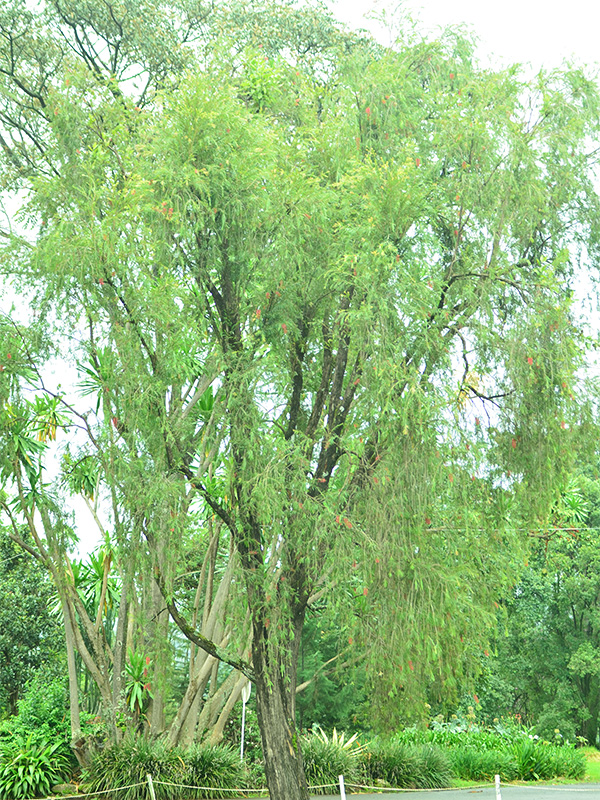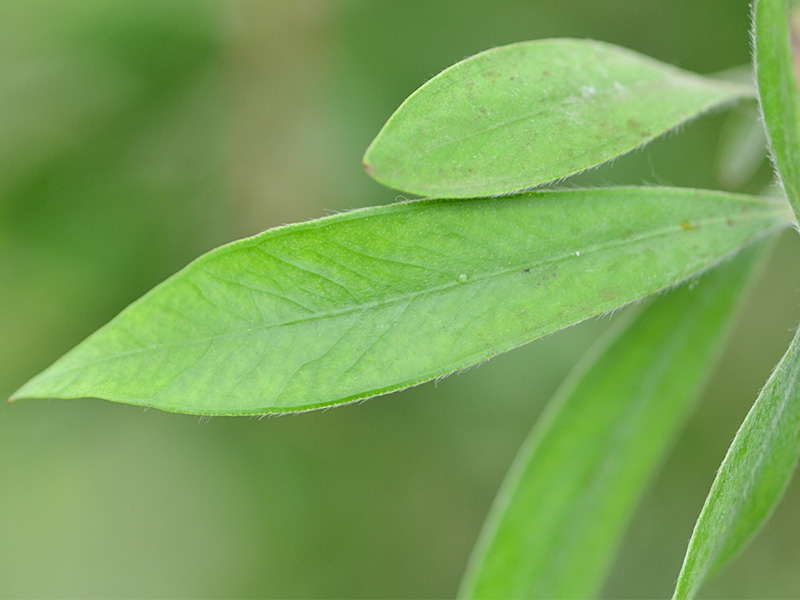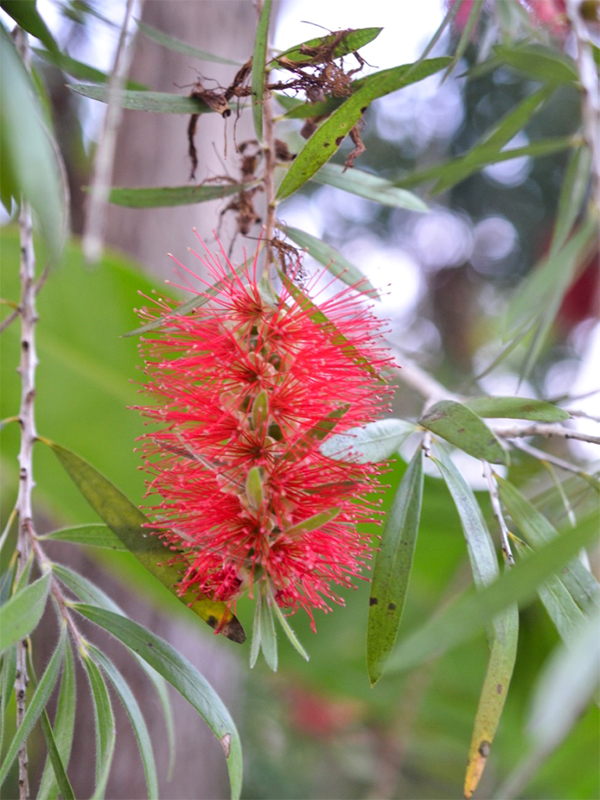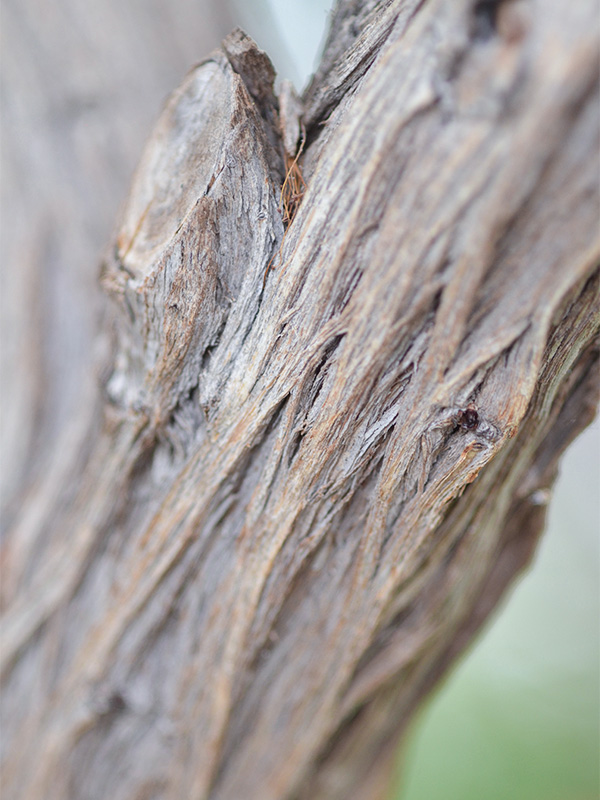| Shape | Large and upright.
|
| Landscape | Hedge, screening, specimen or accent plant. |
| Propagation | Stem tip cuttings in spring or early summer. Cut new shoots of growth approximately 7 - 10 cm in size, place them in a pot of peat moss, coarse sand and keep moist. Callistemon citrinus can also be grown from seed in spring. |
| Cultivation | Full sun. Thrives in well-drained soils with high organic matter. Warm, dry climates and is drought tolerant. |
| Pests | Spider mites and scale.
|
| Notable Specimens | Missouri Botanical Garden, St. Louis, Missouri, United States of America. Royal Botanic Gardens, Melbourne, Australia. |
| Habitat | Swamps and along the sides of rocky streams.
|
| Bark/Stem Description | Hard.
|
| Flower/Leaf Bud Description | Grouped in dozens and are 1 - 4 cm in size. |
| Leaf Description | Alternately arranged, thin and pointed at the top. 8 mm wide and 3 - 7 cm long. Gives off a lemon scent when squeezed or crushed.
|
| Flower Description | The flowers have spikes that are about 6 - 10 cm long. Flowers bloom late spring to early summer in their native region and can bloom again in November and December in cooler climates. |
| Fruit Description | Small, cup-shaped capsules that appear in clusters. Located along the stems of the plant and are about 7 mm wide. |
| Colour Description | The bark is dark brown. The buds are a greenish-red. The flowers are bright red. The leaves are medium green. |
| Texture Description | The bark has a fairly smooth to stringy texture. New growth has a velvety texture. |



